10 ohm resistor is one of the commonly use for current limiting, voltage division, and power dissipation. Whether you're building a simple LED circuit or working on complex motor control systems, 10Ω resistors is reliable circuit.
In this blog, we will know the 10 ohms resistor’s color code, size/dimensions, power (Watts), tolerance,packing , applications and FAQs.
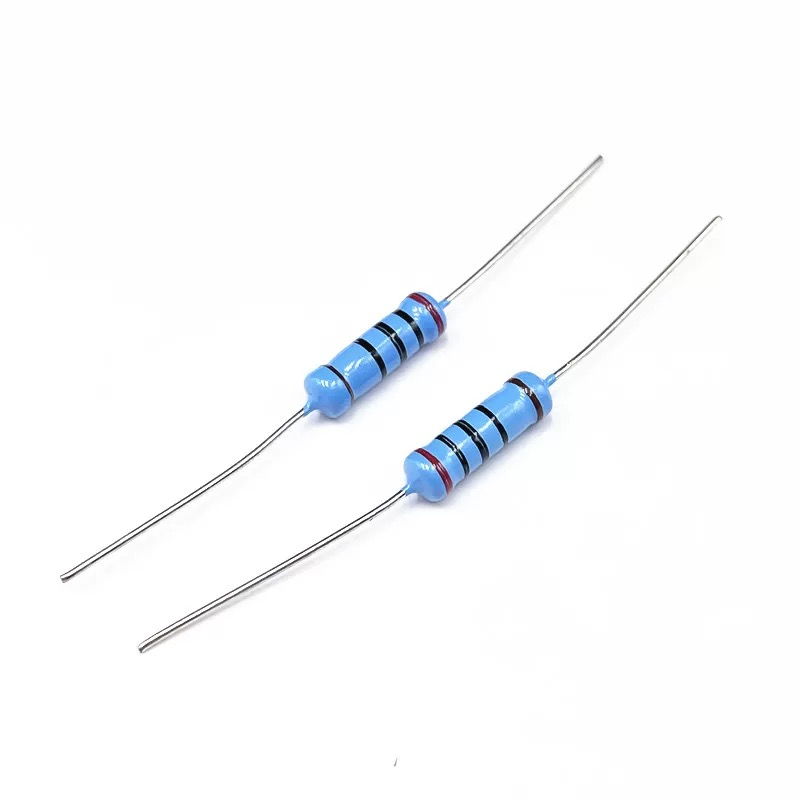
10 Ohm Resistor Color Code
For 1/4W, 1/2W, 1W, 2W, 3W, 4W, 5W and all small size Resistors shall mark with color coding. colors shall be in accordance with JIS C 0802.
Colour code depends on its tolerance. Here's how to read it:
(Standard 4-band, ±5% Tolerance)
Bands:
· 1st Band (1) → Brown
· 2nd Band (0) → Black
· Multiplier (×1) → Black
· Tolerance (±5%) → Gold
Result:
➡ Brown – Black – Black – Gold = 10Ω ±5%
For ±1% Tolerance (5-band resistor):
· 1st Band (1) → Brown
· 2nd Band (0) → Black
· 3rd Band (0) → Black
· Multiplier (×1) → Black
· Tolerance (±1%) → Brown
➡ Brown – Black – Black – Black – Brown = 10Ω ±1%
Dimensions
Size of Axial resistor depend on its power rating. Here's a table of standard through-hole resistor sizes:

Power Rating | D | L | d | H |
0.25W(1/4W) 10 ohm 0.5 watt resistor | 2.55 ± 0.3 | 6.3 ± 0.5 | 0.55±0.05 | 28± 2.0 |
0.5W(1/2W) 1WS | 3.5± 0.3 | 9.0± 0.5 | 0.55±0.05 | 28± 2.0 |
2WS/ resistor 10 ohm 1 watt | 4.6 ± 0.5 | 11.5 ± 1.0 | 0.8 ± 0.05 | 35 ± 2.0 |
3WS/2W | 5.2 ± 0.5 | 15.5 ± 1.0 | 0.8 ± 0.05 | 33 ± 2.0 |
3W/4W/5WS | 6.2 ± 0.5 | 17.5 ± 1.0 | 0.8 ± 0.05 | 32 ± 2.0 |
10 ohm 5 watt resistor /6W/7WS | 8.2 ± 0.5 | 24.5 ± 1.0 | 0.8 ± 0.05 | 38 ± 2.0 |
7W | 8.5 | 32 | 0.75 | 38 |
8W | 8.5 | 41 | 0.75 | 38 |
9W | 8.5 | 54 | 0.75 | 38 |
Note: Exact dimensions vary by manufacturer, but these are typical values based on industry standards.
Power Rating (Watts)
Typical available in this list:
0.05W(1/20W) | 1W | 3.75W | 12W |
0.063W(1/16W) | 1.2W | 4W | 13W |
0.1W(1/10W) | 1.25W | 4.5W | 13.5W |
0.125W(1/8W) | 1.5W | 5W | 14W |
0.167W(1/6W) | 1.7W | 5.25W | 15W |
0.2W(1/5W) | 1.75W | 5.5W | 16W |
0.25W(1/4W) | 2W | 6.5W | 17W |
0.3W | 2.25W | 7W | 10 ohm 20w resistor |
0.333W(1/3W) | 2.3W | 7.5W | 25W |
0.4W | 2.5W | 8W | 30W |
0.5W(1/2W) | 2.7W | 9W | 40W |
0.6W | 3W | 10W | 50W |
0.667W(2/3W) | 3.25W | 10.5W | 60W |
0.75W(3/4W) | 3.5W | 11W |
· Choose base on power dissipation = V² / R or I² × R
Tolerance
Indicates how much the actual resistance can vary from its labeled value. Common tolerance values for 10Ω resistors include:
Tolerance | Symbol | Color Band | Accuracy |
±1% | F | Brown | 9.9Ω to 10.1Ω |
±2% | G | Red | 9.8Ω to 10.2Ω |
±5% | J | Gold | 9.5Ω to 10.5Ω |
±10% | K | Silver | 9.0Ω to 11.0Ω |
±0.005% | ±0.01% | ±0.02% |
±0.05% | ±0.1% | ±0.25% |
±0.5% | ±1% | ±2% |
±3% | ±5% | ±10% |
±20% |
· Most common for general use: ±5% (gold band)
· Precision circuits: ±1% or better
Packing Types
· Bulk: Common for hobby and prototyping
· Tape & Reel: For automated SMT assembly
· Cut Tape: For small-quantity needs
· Box: Usually for high-volume distribution
Applications:
The 10 ohm resistor is relatively low resistance, which allows moderate current flow while still providing some current limiting and voltage drop. Here are common applications:
1. Current Limiting
· Use in LED circuits to limit current and prevent damage.
· Helps control startup inrush current in capacitive loads.
2. Power Supply Load
· Acts as a dummy load for testing power supplies or batteries.
· Ensures a minimum load for stable voltage regulation.
3. Snubber or Damping Circuits
· Use with capacitors in snubber networks to suppress voltage spikes in relay and motor circuits.
4. Voltage Divider
· In combination with other resistors, it can create a voltage divider to reduce voltage levels for sensors or ADC inputs.
5. Low-Pass Filter
· Pair with capacitors to form RC filters that smooth out signals or suppress high-frequency noise.
6. Measurement and Sensing
· Use in shunt resistor setups for measuring current via voltage drop.
7. Pull-Down or Pull-Up Resistor
· In digital circuits, a 10Ω value might use where require strong pull-up/down , though higher resistances are more common.
Frequently Asked Questions (FAQs)
1. What is a 10 ohm resistor for?
A 10 ohm resistor is use for current limiting, especially in low-resistance applications like LED drivers, motor circuits, voltage droppers, and protection circuits. Also use for testing, load simulation, and pull-down functions.
Here are specific uses:
· Current Limiting: Protects components like LEDs by restricting the current to safe levels.
· Load Resistor: Acts as a dummy load for testing power supplies or voltage regulators.
· Snubber Networks: Use with capacitors to dampen voltage spikes in relay or motor circuits.
· Voltage Divider: Helps scale down voltage for ADC or sensor inputs when combined with other resistors.
· Sensing Applications: Functions as a shunt resistor to measure current via voltage drop.
2. What color is a 10 ohm resistor?
The standard colour code is:
· Brown–Black–Black–(Gold or Brown for tolerance)
4-Band (±5% Tolerance)
· Brown – Black – Black – Gold
o Brown = 1
o Black = 0
o Black (multiplier ×1)
o Gold = ±5% tolerance
5-Band (±1% Tolerance)
· Brown – Black – Black – Black – Brown
o First three digits = 1, 0, 0
o Multiplier ×1
o Tolerance ±1%
6-Band (±0.1% Precision Resistor)
· Brown – Black – Black – Black – Violet – (Temp. Coeff.)
o Violet = ±0.1% tolerance
o Sixth band indicates temperature coefficient (e.g. Brown = 100 ppm/°C)
3. What is the voltage across a 10 ohm resistor?
Using Ohm's Law (V = I×R):
· If 0.5 A current flows through a 10 ohm resistor, voltage = 10Ω × 0.5A = 5V
· Voltage depends entirely on the current through it
· V = Voltage (Volts)
· I = Current (Amps)
· R = Resistance (Ohms) = 10 Ω in this case
4. What is a 10 ohm resistor connected to a supply voltage alternating between?
If a 10 ohm resistor connect to an AC(alternating current) supply , such as 10V RMS:
· Current (I) = V / R = 10V / 10Ω = 1A RMS
· The voltage across the resistor will also alternate with the supply — it will mirror the supply waveform, just with amplitude governed by Ohm’s Law.
A 10 ohm resistor connect to an AC supply sees a voltage and current alternating in magnitude and polarity, synchronized with the supply waveform.
Read More:
1. What Is The 1K Ohm Resistor?
2. What is 100 Ohm Resistor And Color Code?
3.120 Ohm Resistor- Specifications, Applications, and Features
HOT NEWS
The 0402 Resistor: A Comprehensive Guide
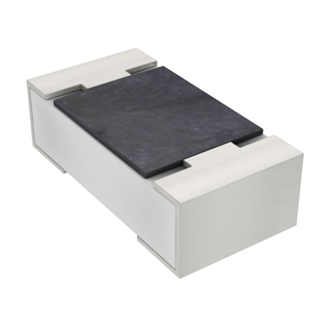
0402 Resistor
2025-05-06
Understanding A 0603 Resistor
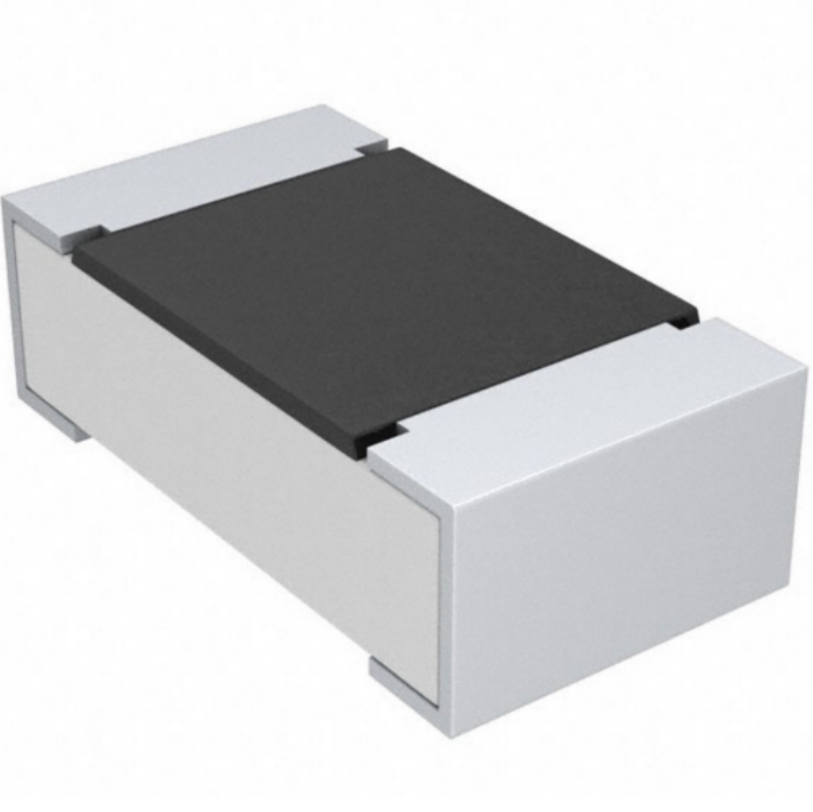
0603 resistor,dimensions,marking code, values
2025-05-29
What is 10k Ohm Resistor?
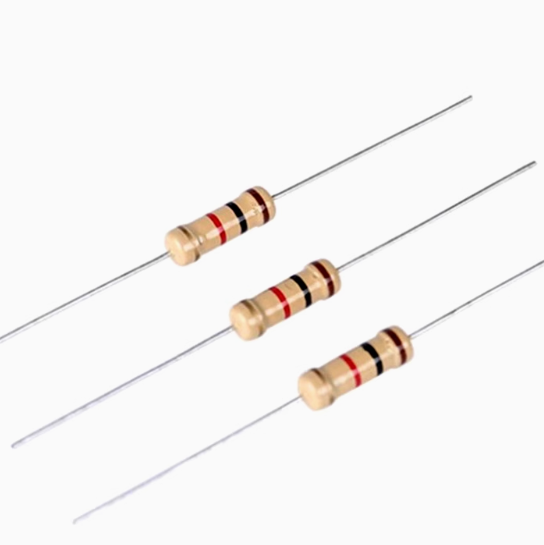
10k resistor 10k resistor color code
2025-05-14
What Is A 1206 Resistor?
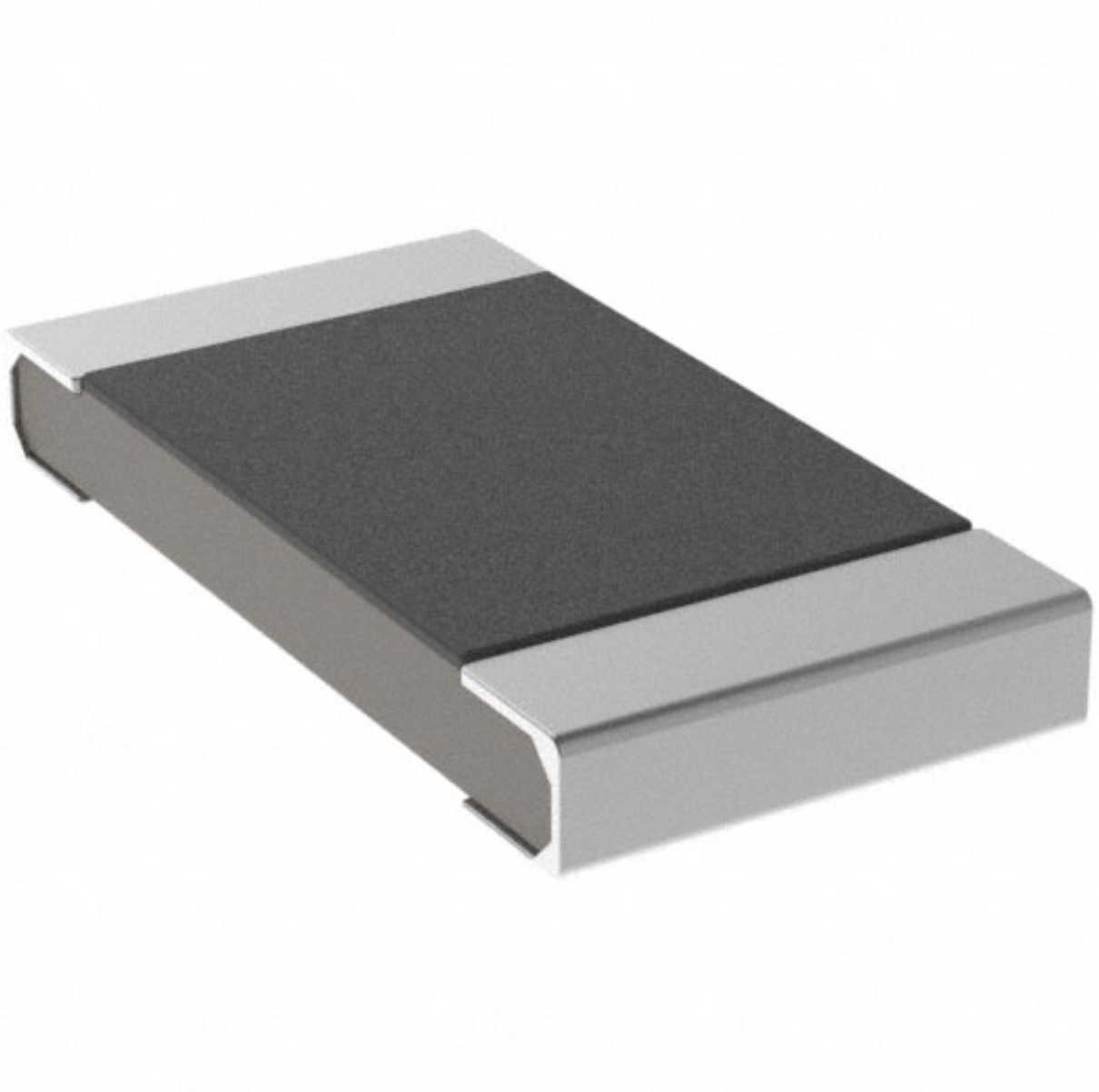
1206 resistor dimensions,footprint,value
2025-06-05
Everything You Need To Know About ARE1309 Relay
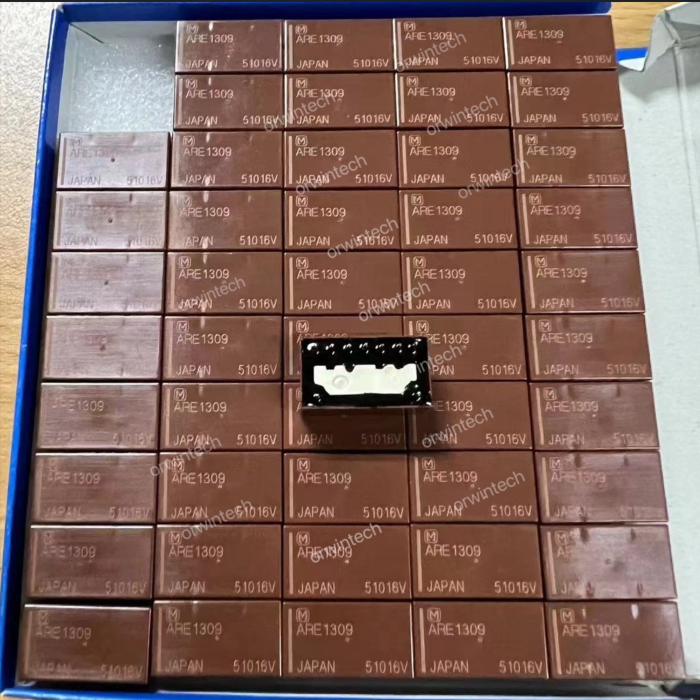
2025-04-23
120 Ohm Resistor- Specifications, Applications, and Features
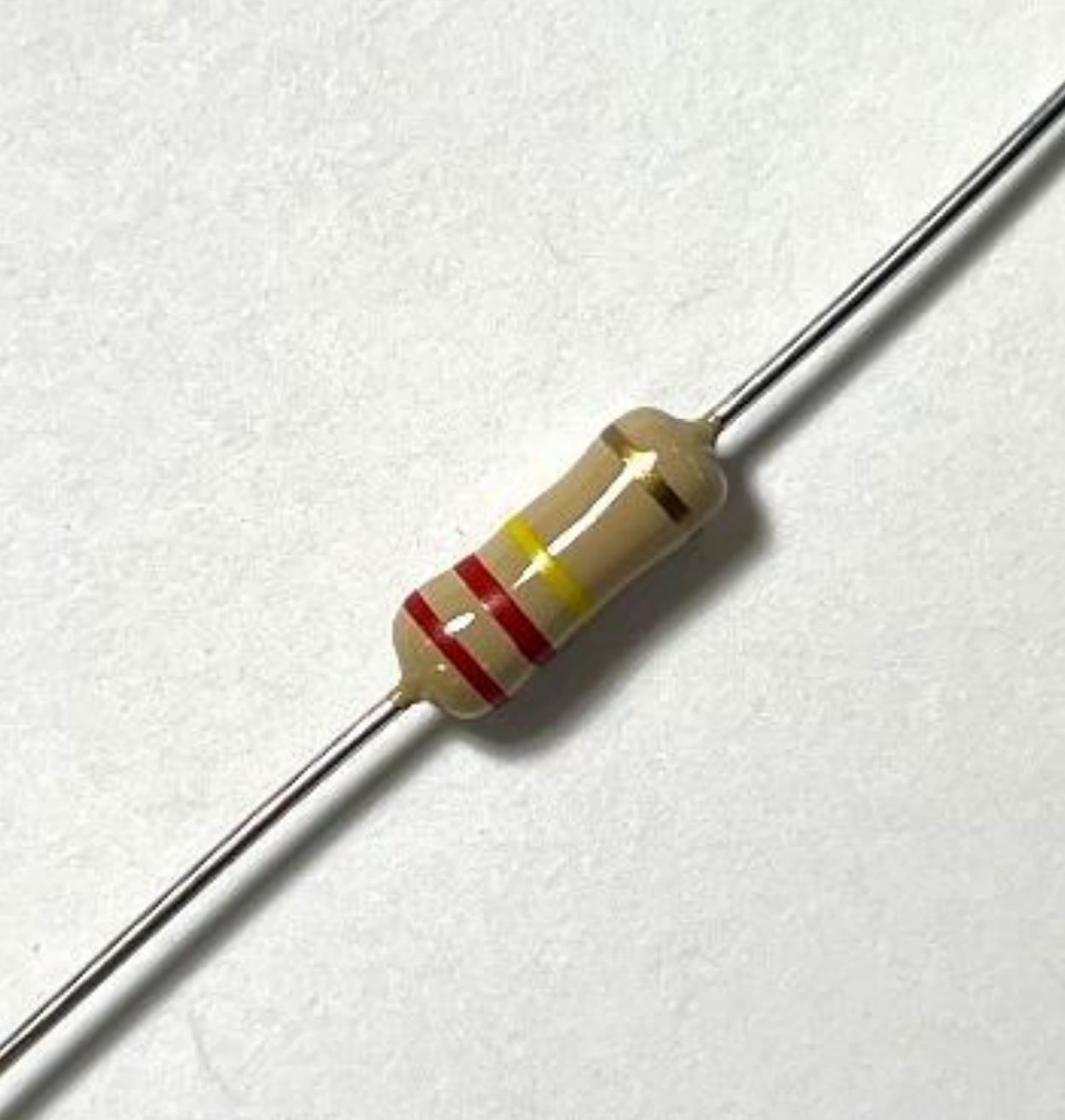
2025-05-12
What Is The 1K Ohm Resistor?
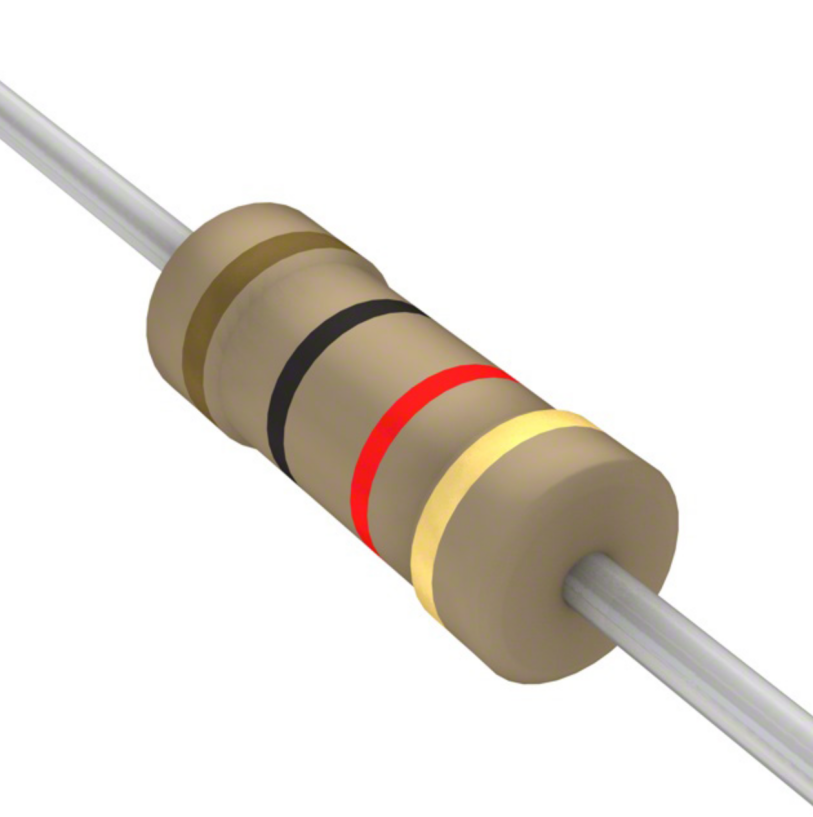
1k ohm resistor and color code
2025-05-21
What is 100 Ohm Resistor And Color Code?
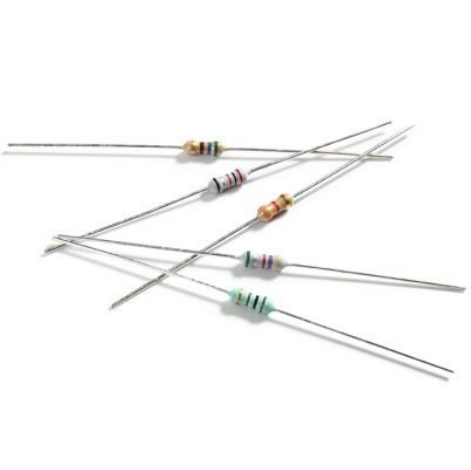
100 ohm resistor color code
2025-05-17
What Is The 0805 Resistor?

0805 Resistor, dimensions, value, tolerance, footprint
2025-05-31
What Is A 0201 Resistor?
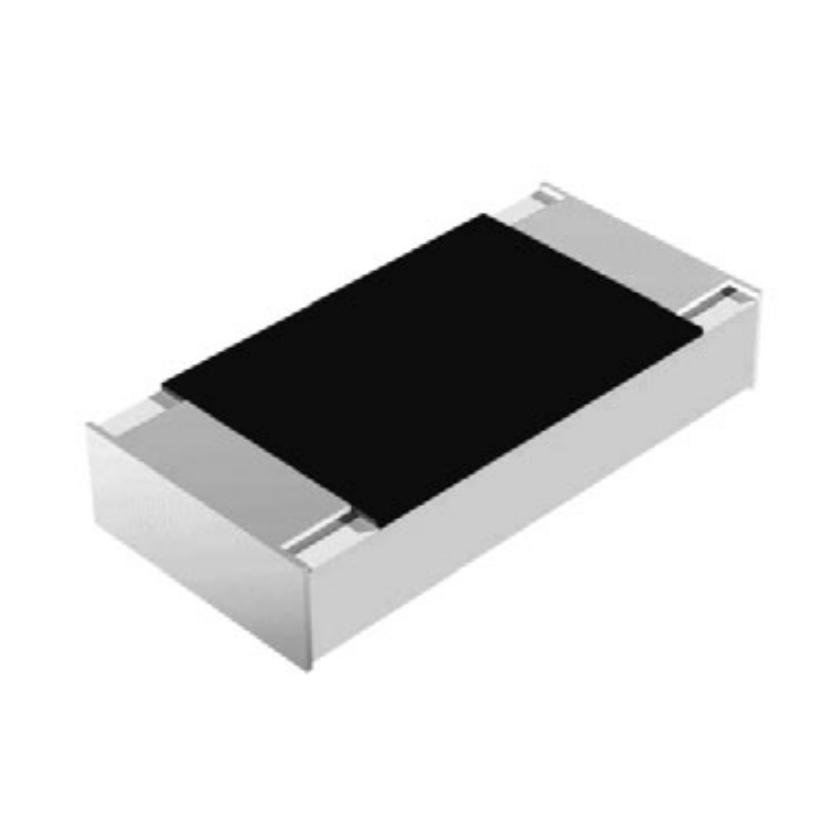
0201 Resistor dimensions, footprint,values
2025-05-24











 Product Catalog
Product Catalog





